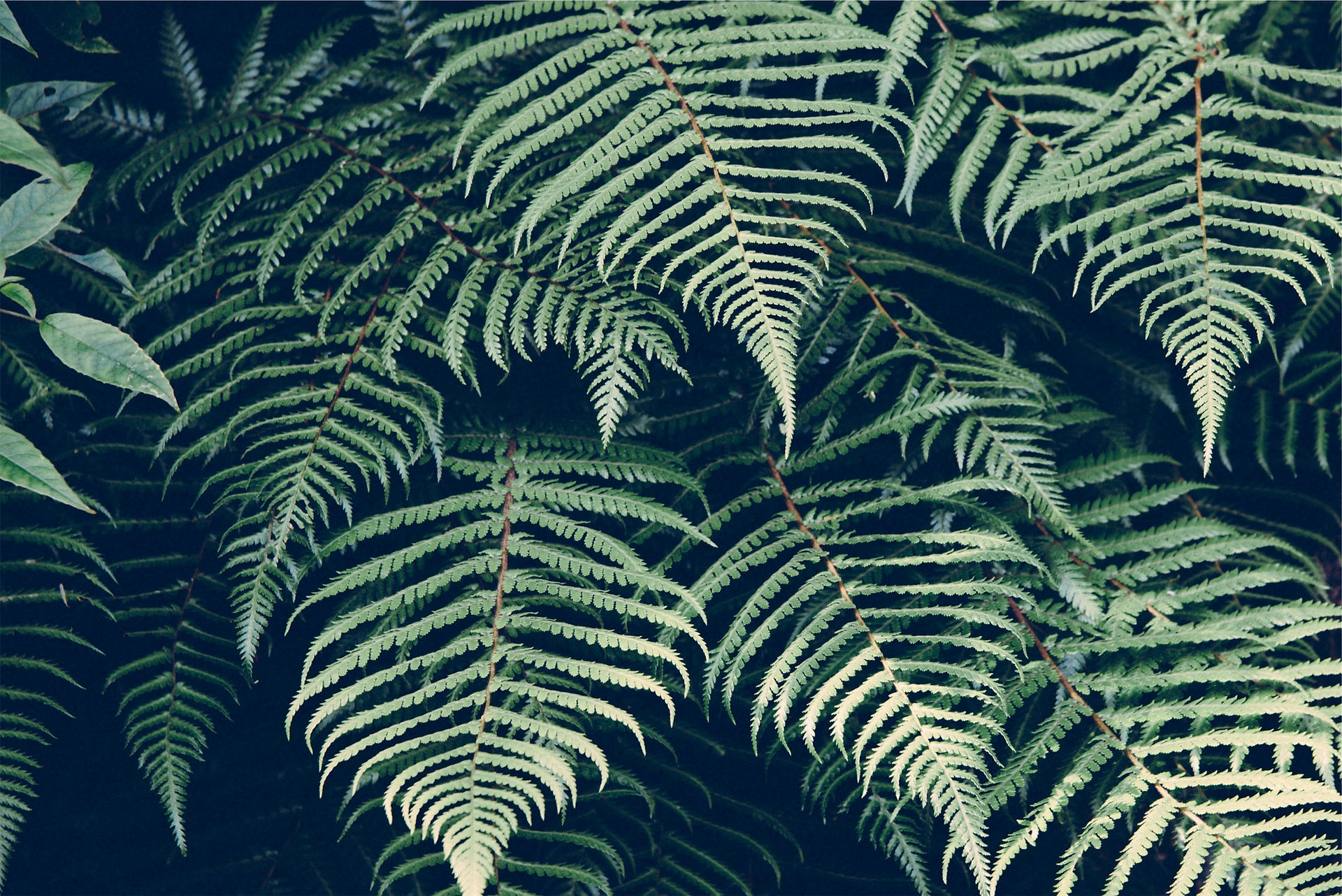

Our living spaces - inside and out
Turning our living spaces into sustainable green lifestyle homes is often the easiest place to start.
The home is a great place to STOP, THINK, and APPLY the 9R model.
Consider things you can do INSIDE the home, and also OUTSIDE when refurbishing or caring for your garden.
Take each room by room so you do not get overwhelmed.
Come up with your own fun challenges!

Refusing plastic
AVOID bringing it home where possible. If we have to, then look at labelling. Is it all recyclable? Look at the product, can it be repurposed later by you or someone else? There are growing numbers of small businesses looking to reduce plastics in the consumer chain.
If you cannot avoid plastic and it is not recyclable you can add your voice. Send an email. Start an email campaign with friends and neighbours to the company making the product asking them to change the type of packaging or make it wholly recyclable.
We often shy away from this simple act, thinking who will listen to us…well you are the consumer and customer. So if they are deluged with your opinions it does not make for good customer and public relations.
Changing containers
Reduce the amount of unnecessary plastic containers. Reuse safely the ones you have.
Switch to glass, stainless steel, natural materials, or tins, if it is safe to do so in your home. Reuse or repurpose glass containers, jars, tins and bottles, or give away as craft projects. Get creative.
See Pinterest for several ideas.


Limiting harmful washing
Washing Dishes – Use washing bowls rather than keep water running. See the website section on cleaning materials for tips on using natural detergents.
Hand washing – don't keep taps running unnecessarily and use aerators if you can.
Clothes washing – Globally many people now have access to washing machines. Washing clothes in cold water is practiced in many countries out of necessity. If possible use lower temperature setting, switch to a greener detergent, or use small amounts. You can also use a washing net which will prevent micro plastics being washed into the water system. By taking these simple steps you can save energy, colour and longevity of the fabric, prevent water pollution and save money all at the same time. That is a win-win!
Drying clothes – easier outside in warmer climates. Dry inside then fabrics won’t be over dried in a drier or have static electricity!
Cleaning with less chemicals
Cleaning products – when buying try plant based products. This reduces toxic chemicals being washed into the waste water systems. Or look up homemade remedies for cleaning.
Smarter cleaning products can be found in our kitchen cupboards!
You can look up how to make natural cleaning products. It perhaps takes a bit of effort but once you make up a batch it should last a few rounds of cleaning. In the long term, it is better for eliminating allergens in your home environment. The overall health impact for you and your family will be far greater. At the same time, you could be saving money and eliminating waste from the environment.
If you find it’s easier to buy cleaning products then consider switching brands to less toxic ones for you and your home.


Monitoring energy use
Around 30% of our climate change emissions come from our homes. We can reduce these by taking energy saving steps and choosing greener ways of purchasing our energy.
Many cities and communities globally are facing water shortages, interruptions, and rationing.
Weather patterns and more regular droughts have caused water reservoirs and city ground water tables to drop, putting pressure on who gets water.
Apart from using less and switching off when not required, your actions can reduce waste.
Already many families in some countries and those less fortunate cannot afford to buy luxuries of electricity and water.
Outside the house
If we are lucky to have a land, or a garden as green space then this is the ideal space to cultivate sustainable biodiversity.
Be careful what materials you use to decorate it too!
Keeping it green can support local wildlife, absorb rainfall and prevent flooding and to grow your own food.
Most gardens are well manicured to look pretty. In cities and towns gardens have patio or decking which reduces the habitat of native plants, essential pollinator insects and bird life to keep our cities wildlife thriving and being oxygenated.

